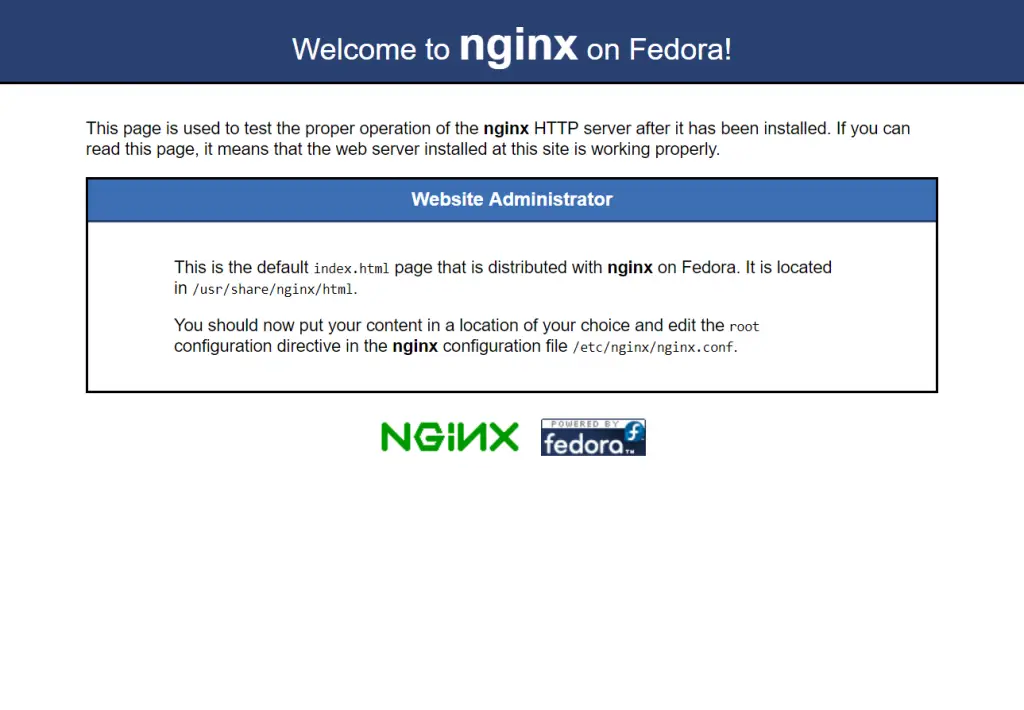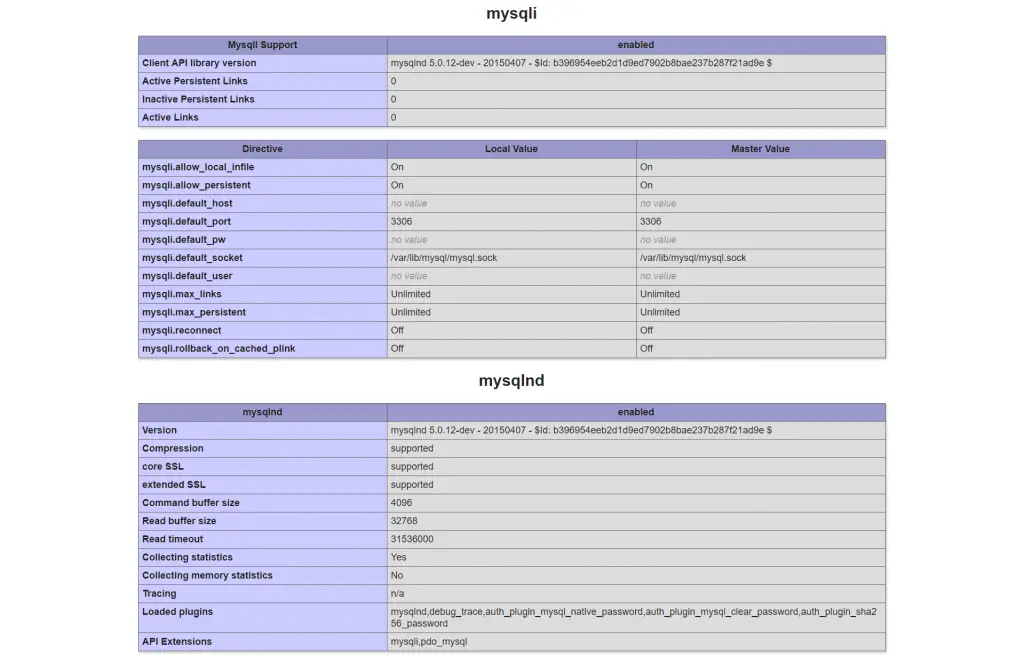Install Nginx + MariaDB + PHP on Fedora 27 / Fedora 26
Nginx is a free, open-source, high-performance HTTP server. Nginx is known for its stability, rich feature set, simple configuration, and low resource consumption.
This tutorial shows you how to install Nginx on Fedora 27 with PHP support (through PHP-FPM) and MariaDB support.
PHP-FPM is an alternative PHP FastCGI implementation. It has some additional features useful for sites of any size, especially busier sites).
The first thing you need to do is to log in as root or switch to root user.
su -
Install MariaDB
First, we will install the MariaDB by issuing the following command.
dnf -y install mariadb mariadb-server
Start MariaDB server.
systemctl start mariadb
Auto-start MariaDB during every boot, type the following on terminal and hit Enter.
systemctl enable mariadb
Next is to make the MariaDB secure by using the mysql_secure_installation command.
Install Nginx
Install Nginx using the following command.
dnf -y install nginx
Start the Nginx after the installation.
systemctl start nginx
IPtables
Issue the following commands to allow HTTP request through the firewall.
firewall-cmd --permanent --add-service=http firewall-cmd --reload
SELinux
If you get any error of SELinux on the Nginx logs, here is the tutorial on setting SELinux policy for Nginx.
setenforce 0
Open a web browser and visit
You should see the following page and this will confirm you that the Nginx is successfully installed on the server.

The default nginx document root on Fedora 26 is /usr/share/nginx/html/. The configuration files are under /etc/nginx directory.
Enter the following command to enable Nginx to start at system startup.
systemctl enable nginx
Install PHP5-FPM
Next is to install PHP through PHP-FPM (PHP-FPM (FastCGI Process Manager).
dnf -y install php-fpm php-mysqlnd php-cli
Edit /etc/php.ini.
vi /etc/php.ini
set cgi.fix_pathinfo=0
cgi.fix_pathinfo=0
Edit /etc/php-fpm.d/www.conf file,
vi /etc/php-fpm.d/www.conf
Change this line.
FROM:
listen = /run/php-fpm/www.sock
TO:
listen = 9000
Make sure the following values are UN-commented.
[.More.] pm.min_spare_servers = 5 [.More.] pm.max_spare_servers = 35 [.More.]
Set PHP-FPM to start automatically on system boot.
systemctl enable php-fpm
Enable PHP-FPM Support on Virtual Host
Let us create name-based virtual host on Nginx server for the following details.
Server Name : server.itzgeek.local
Document Root : /usr/share/nginx/html/itzgeek.local
Create the configuration file called virtual.conf and Edit /etc/nginx/conf.d/virtual.conf.
vi /etc/nginx/conf.d/virtual.conf
Add the following content.
server {
server_name server.itzgeek.local;
root /usr/share/nginx/html/itzgeek.local;
location / {
index index.html index.htm index.php;
}
location ~ \.php$ {
include /etc/nginx/fastcgi_params;
fastcgi_pass 127.0.0.1:9000;
fastcgi_index index.php;
fastcgi_param SCRIPT_FILENAME /usr/share/nginx/html/itzgeek.local$fastcgi_script_name;
}
}
Create a host entry for your domain (server.itzgeek.local) in /etc/hosts file.
vi /etc/hosts
Add a host entry like below.
127.0.0.1 localhost.localdomain localhost server.itzgeek.local
Test PHP-FPM support on Virtual host
Create the document root directory.
mkdir /usr/share/nginx/html/itzgeek.local
For testing the PHP, Place one PHP file on to the document root of the created virtual host, In the terminal copy/paste the following line:
vi /usr/share/nginx/html/itzgeek.local/index.php
This command will open up a file called index.php, Copy/Paste this line into the index.php file:
<?php phpinfo(); ?>
Save and close the file. use Esc + :wq for saving the file.
Restart the services.
systemctl restart nginx systemctl restart php-fpm
Now open up your web browser and type your domain in the web address:
The page should look like below:

From the above screenshot, PHP is working, and it’s working through FPM/FastCGI, as shown in the Server API line.
If you scroll further down, you will see all modules that are already enabled in PHP. Scroll down the browser and look for the MySQL support information.

That’s all.
